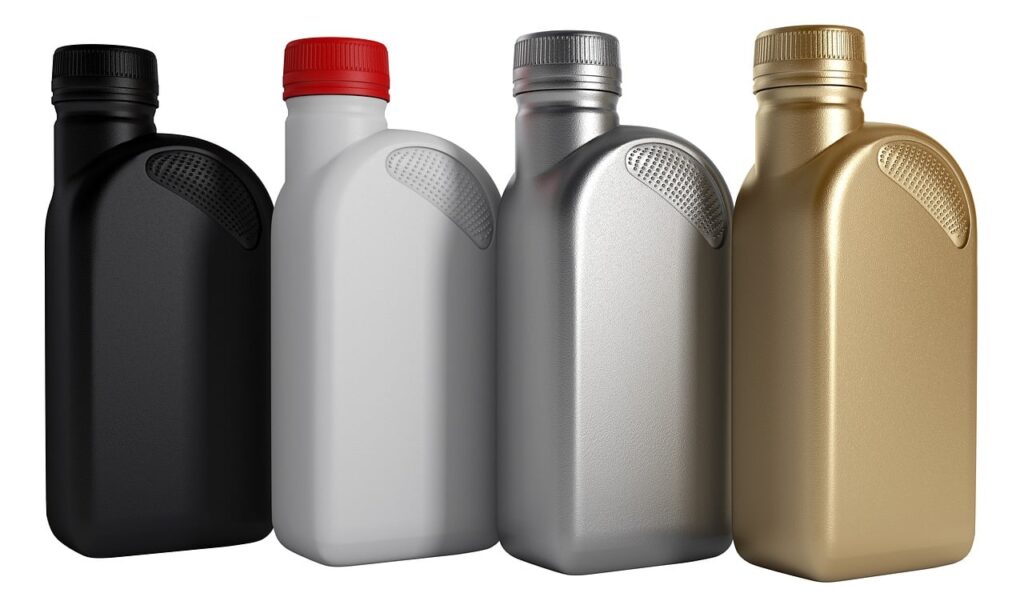
Engine oil is your engine’s lifeblood — reducing friction, carrying away heat, and preventing harmful deposits. But with so many types on the shelf, choosing between mineral, semi-synthetic, and fully synthetic oil can be confusing.
This guide explains how each type works, compares their pros and cons, and helps you select the right oil for your car.
Key Takeaways
- Engine oil lubricates, cools, and cleans vital engine parts.
- There are three main types of oil: mineral, semi-synthetic, and fully synthetic.
- Mineral oil is affordable but breaks down faster.
- Synthetic oils offer longer life, cleaner performance, and better protection.
- The right oil depends on your car’s make, age, and driving style.
For expert advice and a full selection of trusted brands, visit APD’s engine oil collection.
The Three Types of Engine Oil Explained
Mineral Oil
Mineral oil is the traditional, refined form of engine oil made directly from crude oil.
Pros:
- Most affordable option
- Suitable for older engines and basic driving
Cons:
- Breaks down faster at high temperatures
- Contains more impurities
- Requires more frequent oil changes
Semi-Synthetic Oil (Synthetic Blend)
A blend of mineral and synthetic base oils, designed to balance cost and performance.
Pros:
- Better performance and temperature resistance than mineral oil
- Cost-effective compromise
- Suitable for a wide range of vehicles
Cons:
- Shorter lifespan than fully synthetic oil
- Still contains some impurities from the mineral base
Fully Synthetic Oil
Chemically engineered from pure synthetic compounds for maximum performance and protection.
Pros:
- Superior temperature resistance and lubrication
- Fewer impurities for cleaner engine operation
- Extended oil change intervals
Cons:
- Higher cost
- Not essential for all vehicles, especially older or low-performance engines

Key Comparison Points
| CATEGORY | MINERAL OIL | SEMI-SYTHETIC | FULLYSYNTHETIC |
| PRICE | LOWEST | MID-RANGE | HIGHEST |
| PERFORMANCE | BASIC | GOOD | EXCELLENT (SUPERIOR LUBRICATION, REDUCED FRICTION, CLEANER ENGINE) |
| LONGEVITY | 3,000-5,000 MILES | 5,000-7,000 MILES | 7,500-15,000+ MILES* |
*Always follow your car manufacturer’s service recommendations.
For a deeper breakdown, see the AA’s guide to choosing the right engine oil and the RAC’s oil comparison resource.
FAQs
Q: Can I switch from mineral to synthetic oil?
Yes, but make sure your engine is compatible and perform a full oil and filter change. Most modern engines can safely use synthetic oil, but check your vehicle’s manual first.
Q: What about my car’s warranty?
Always use an oil that meets the specifications in your owner’s manual. Using the wrong oil type could void your warranty.
Q: Is “synthetic blend” the same as “semi-synthetic”?
Yes. These terms are interchangeable — both refer to a mix of mineral and synthetic oils.
Choosing the Right Oil for Your Car
Summary:
- Mineral oil: Budget-friendly, best for older or low-mileage vehicles.
- Semi-synthetic oil: Balanced option for everyday drivers.
- Fully synthetic oil: Premium protection and performance for modern engines.
The best oil for your car depends on its age, manufacturer’s recommendations, and driving conditions.
Final Thoughts
Synthetic oil may cost more upfront, but its longer life, cleaner operation, and enhanced protection often make it the smarter long-term choice. If you’re unsure, APD’s automotive experts can help you find the best oil for your car, whether it’s a classic commuter or a high-performance vehicle.
